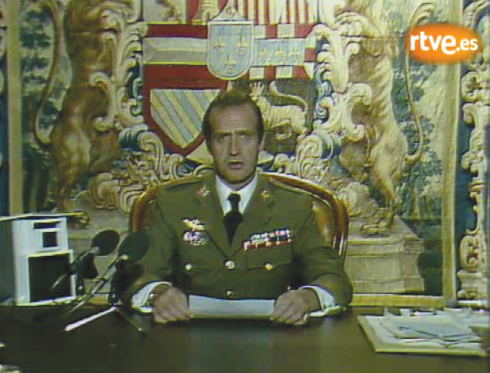A 16-year-old boy has died from a greater weever fish sting whilst snorkelling in Platja d’Aro, Gerona.
The tragic incident was discovered when beach lifeguards were alerted that the teen hadn’t returned from snorkelling.
Other bathers joined in a search which eventually found the body of the teen.
Lifeguards were unable to revive him.
According to the first results of the autopsy, released by the parents, residents of Montagut i Oix, the adolescent suffered anaphylactic ‘shock’ due to a severe allergic reaction.
The autopsy has been carried out by the Institute of Legal Medicine (IMLC) in Girona, pending on the results of the toxicological tests sent to the National Institute of Toxicology in Barcelona.

According to a statement given by a family member, the minor had recorded the incident on video.
Images have revealed how the boy found a jellyfish 100 meters from the beach which he followed until he spotted a ‘strange and very colourful fish.’
A 30 second recording of the fish shows how it disappears to then suddenly attack the teen, stinging him on the jaw.
Reports reveal that a small wound of between 2 and 3 millimetres was found on the boy’s trachea as well as some some marks on his face.
The greater weever (Trachinus draco) can measure up to half a meter, lives half-buried in the sand and only exposes its eyes and the first of its two dorsal fins which are made up of five to seven spiny fin rays.
The thorns on each of the gill covers have venom glands at their bases.
This deadly sea creature is mostly and notoriously known for its venomous spines that can inflict serious injuries on humans through accidental stinging.
The venom normally causes a burning sensation and intense pain that is soothed by warm water, although it can also cause dizziness, nausea, loss of consciousness and even death from anaphylactic shock.
This poisonous fish is widely distributed along the eastern Atlantic coastline from Norway to Morocco, extending to the Mediterranean, Aegean and Black Seas.
Click here to read more Spain News from The Olive Press.








